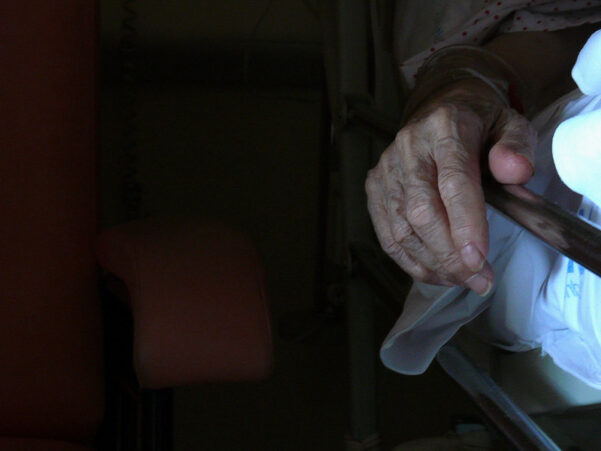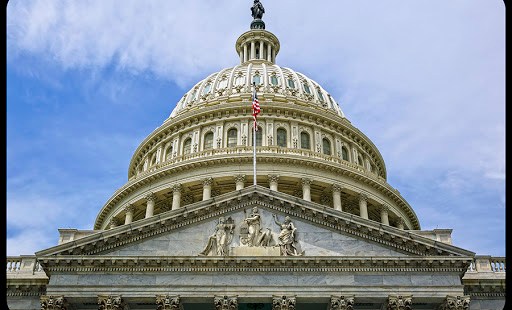ELYSSA KOREN , DIRECTOR OF UNITED NATIONS ADVOCACY, ADF INTERNATIONAL
ON 3/22/21 AT 7:00 AM EDT
Persons with disabilities face enormous and tragic discrimination that infringes upon their most basic right to life. The coronavirus pandemic has brought to light these many added threats. Evidence that persons with Down Syndrome are significantly more at risk for death from COVID-19 has generated intense controversy regarding societal obligations to protect the most vulnerable. This year, World Down Syndrome Day, commemorated on March 21st, affords the opportunity to call attention to one of the greatest, and largely unseen, human rights abuses of our time: abortion on the basis of disability.
In many parts of the world, a Down Syndrome diagnosis is an effective death sentence. Mothers carrying babies with this and other chromosomal conditions face immense pressure to abort, resulting in dramatically reduced numbers of persons with Down Syndrome being born each year. The United Kingdom, for example, which allows for abortion up to birth for babies with disabilities including Down Syndrome, cleft lip and club foot, has reported a 42 percent increase in abortions due to Down Syndrome over the last decade.
As improved prenatal screening technologies contribute to what has been euphemistically termed Down Syndrome “eradication,” there has been an accompanying surge in protections for persons with disabilities in the womb. Just this week, a bill in Northern Ireland passed the second stage on its way to banning late-term abortions of babies with disabilities—potentially the start of an international trend to protect the lives of persons with disabilities. The United States is at the forefront of this movement with Arizona, Florida and South Dakota in the process of enacting legislative bans, joining the ranks of eight other states that already prohibit abortion due to disability.
While some argue that abortion on the grounds of disability is a woman’s right, the discriminatory emphasis on the abortion of babies with Down Syndrome and other genetic conditions has an impossibly tragic implication. It is not hard to imagine how one could conclude from this practice that it is preferable to never live, rather than to live with these conditions. It must be made clear that, in accordance with international law, abortion on the basis of Down Syndrome and similar diagnoses is an overt violation of the human rights of persons with disabilities.
Although often motivated by a natural, and completely relatable, apprehension about caring for a child with a disability, abortion on the basis of a prenatal diagnosis of disability fundamentally undercuts the equal and inalienable rights that every human being possesses. And discrimination in the womb inevitably perpetuates further discrimination out in the world.
Real equality can never be achieved until the right to life of persons with disabilities is safeguarded.
As the United States grapples with state-level legislation to protect babies with Down Syndrome and other detectable disabilities, opponents of such laws claim they are just another undue restriction on “sexual and reproductive health care,” interfering with “people’s personal health care decisions.” However, the merits of arguments for unfettered “reproductive freedom” must be weighed against the hugely discriminatory outcomes for persons with disabilities.
Prenatal discrimination in no way corresponds with authentic freedom for women; quite the opposite. Evidence shows that women are often coerced by societal and familial pressures to abort babies with genetic disorders—an alarming reality that reveals a deep-seated cultural rejection of persons with disabilities. What these women and families really need is access to support and resources. After all, what does it say about the value that our society attributes to persons with disabilities if we are unable, at minimum, to legally mandate the equal treatment of the most vulnerable in the womb and provide for them once they are born?
Since 2006, the United Nations has celebrated World Down Syndrome Day—this year with a focus on increasing the connectivity of persons living with the condition. In addition to laudable attempts to improve the quality of life of persons with disabilities, it is time that the international community turn its attention to stopping the mass-scale human rights tragedy of prenatal discrimination on the basis of disability, which results in the death of more prenatally tested Down Syndrome babies than are born.
Leading advocates for persons with Down Syndrome at the Jerome LeJeune Foundation brought this conversation to the UN Human Rights Council last week. In an event entitled “Down syndrome: let’s talk more… and better,” the advocacy group united a broad coalition of ambassadors and other government and civil society representatives from every region of the globe to address the issue of discrimination on the basis of disability, before and after birth. This event inspires great hope that governments can recommit to their international legal obligations to guarantee the human rights of all persons—shifting the focus toward the eradication of discriminatory practices, and away from vile efforts to eradicate persons with Down Syndrome and other disabilities.
Elyssa Koren is the director of United Nations advocacy in New York City for ADF International. Elyssa can be found on Twitter:@Elyssa_ADFIntl.
The views expressed in this article are the writer’s own.
Source: newsweek.com





It’s vital to understand just how unconstitutional the Equality Act is.
The Equality Act has said that the Religious Freedom Restoration Act “shall not provide … a basis for challenging the application of” any Equality Act provision.
This would be the first time that Congress not only provided inadequate protection for religious freedom, but deliberately and publicly repudiated it altogether.